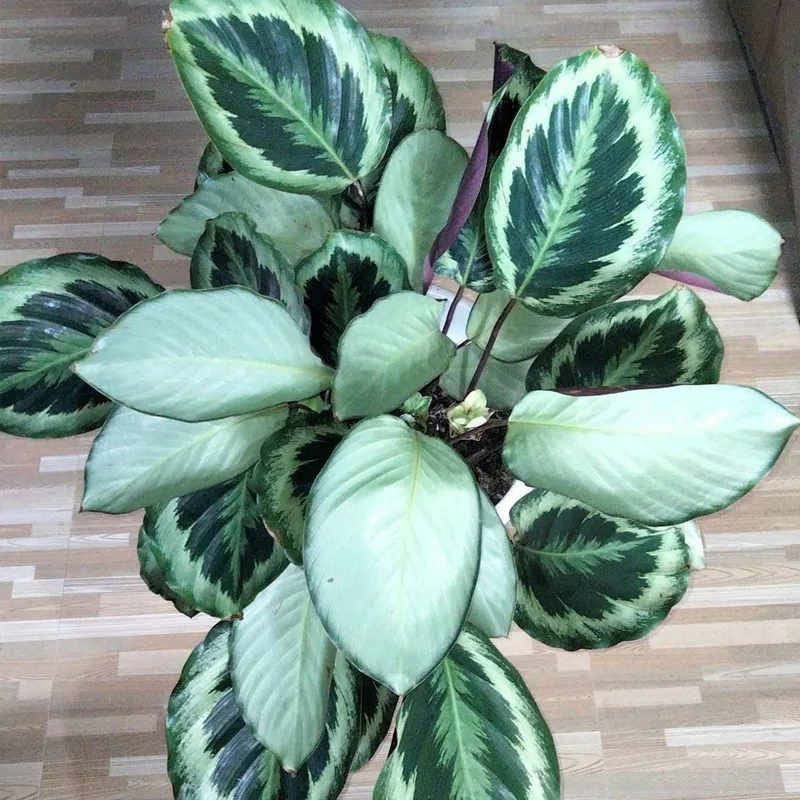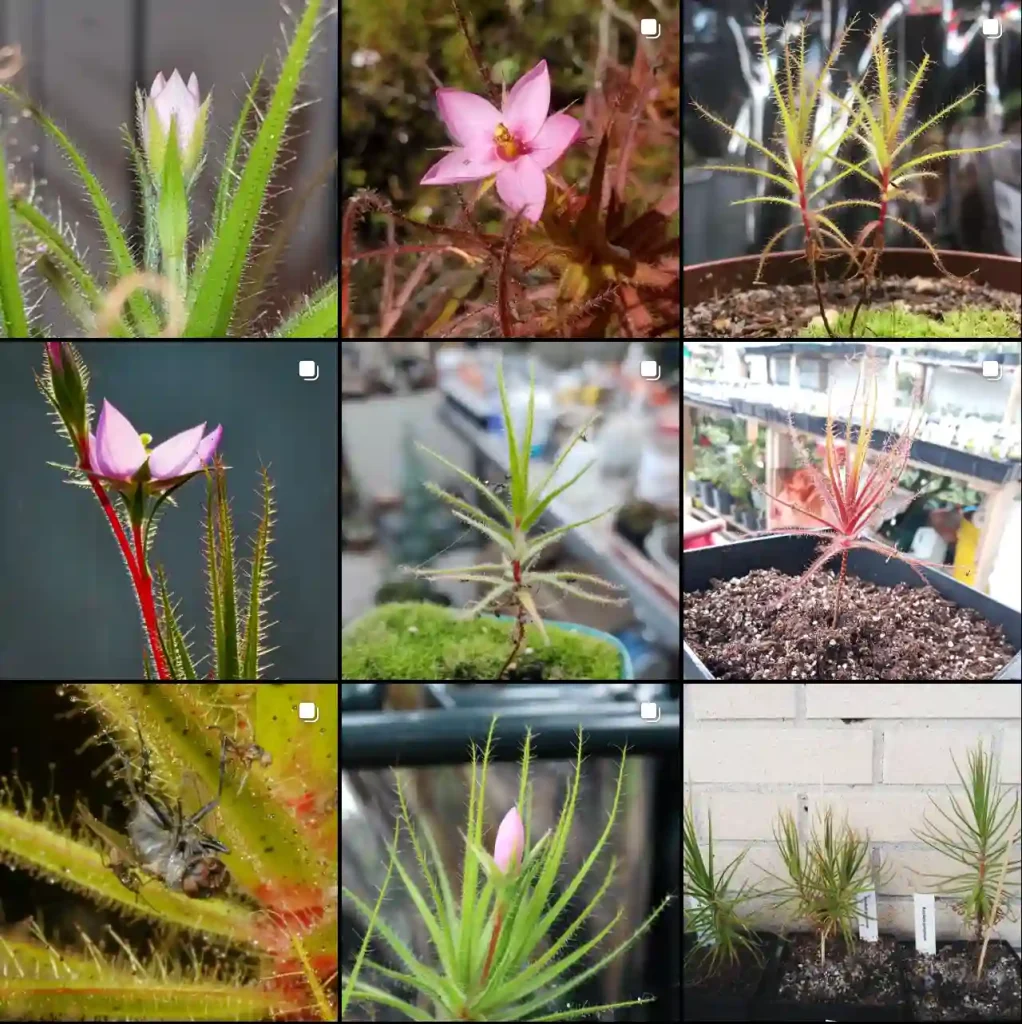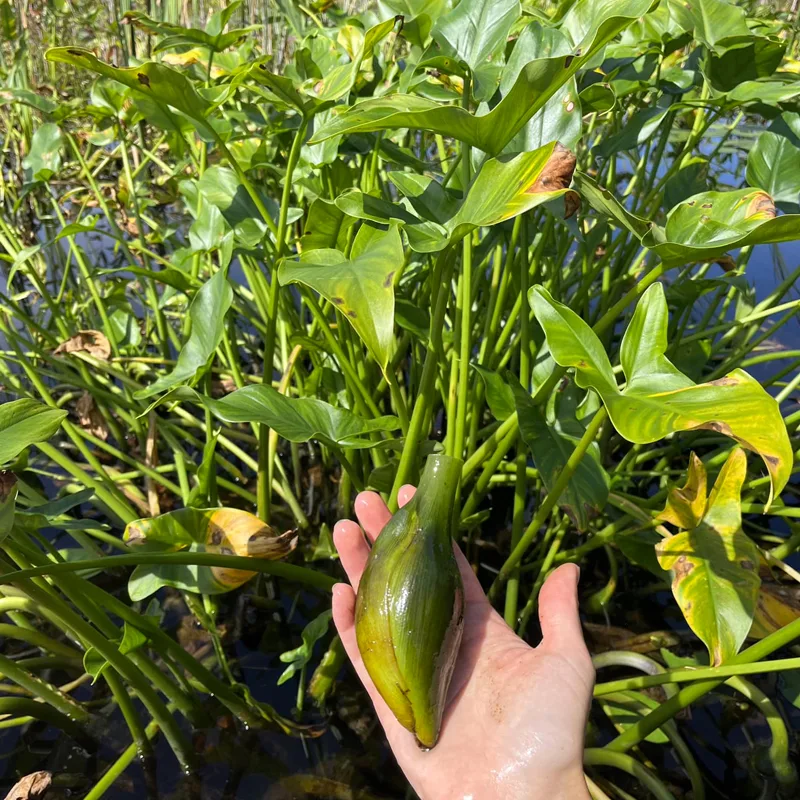Globeflowers: A Golden Treasure
The first time I saw a Trollius, I was captivated. It was like a miniature sun had fallen to earth, nestled amongst the greenery. Its vibrant, globe-shaped flowers seemed to glow with an inner light. I was instantly hooked, and my fascination with these cheerful blooms has only grown since.
Trollius, commonly known as globeflowers, are a genus of around 30 species of flowering plants belonging to the Ranunculaceae family. They are closely related to buttercups, which is evident in their shared vibrant yellow hue. However, unlike the open petals of a buttercup, globeflowers have tightly packed, ball-like blooms, hence their common name. These captivating flowers are native to cool temperate regions of the Northern Hemisphere, with a particular concentration in Asia. They thrive in moist meadows, damp woodlands, and along stream banks, adding a splash of sunshine to these often-overlooked environments.
A Diverse Family of Golden Blooms
The genus Trollius boasts a remarkable diversity of species, each with its own unique charm:
- Trollius europaeus: The European globeflower, arguably the most well-known species, is native to Europe and features pale yellow, globe-shaped flowers.
- Trollius asiaticus: This Asian species is known for its fiery orange blooms, a striking contrast to the more common yellow varieties.
- Trollius chinensis: Native to China, this species boasts large, open, golden-yellow flowers with prominent orange nectaries.
- Trollius pumilus: This dwarf species is perfect for rock gardens, with its compact size and bright yellow flowers.
- Trollius laxus: Native to North America, this species is unique for its pale yellow or even white flowers.
- Trollius acaulis Lindl.
- Trollius afghanicus Hedge & Wendelbo
- Trollius albiflorus (A.Gray) Rydb.
- Trollius altaicus C.A.Mey.
- Trollius apertus Perfil. ex Igoschina
- Trollius × austrosibiricus Erst & Luferov
- Trollius buddae Schipcz.
- Trollius chartosepalus Schipcz.
- Trollius citrinus Miyabe
- Trollius dschungaricus Regel
- Trollius farreri Stapf
- Trollius hondoensis Nakai
- Trollius ilmenensis Sipliv.
- Trollius japonicus Miq.
- Trollius kolonok Stepanov
- Trollius komarovii Pachom.
- Trollius kytmanovii Reverd.
- Trollius ledebourii Rchb.
- Trollius lilacinus Bunge
- Trollius membranostylis Hultén
- Trollius micranthus Hand.-Mazz.
- Trollius ranunculinus (Sm.) Stearn
- Trollius ranunculoides Hemsl.
- Trollius rebunensis Kadota
- Trollius riederianus Fisch. & C.A.Mey.
- Trollius sajanensis (Malyschev) Sipliv.
- Trollius shinanensis Kadota
- Trollius sibiricus Schipcz.
- Trollius sikkimensis (Brühl) Dorosz.
- Trollius soyaensis Kadota
- Trollius taihasenzanensis Masam.
- Trollius teshioensis Kadota
- Trollius uniflorus Sipliv.
- Trollius vaginatus Hand.-Mazz.
- Trollius vicarius Sipliv.
- Trollius yunnanensis (Franch.) Ulbr.
More Than Just a Pretty Face
While their beauty is undeniable, globeflowers offer more than just aesthetic appeal. They play a vital role in their ecosystems, providing a valuable source of nectar for pollinators such as bees and butterflies. In some cultures, Trollius species have also been used for medicinal purposes, though caution is advised as they contain compounds that can be toxic if ingested improperly.
Cultivating Sunshine in Your Garden
One of the things I love most about Trollius is that they are relatively easy to cultivate in a garden setting. They prefer moist, well-drained soil and thrive in partial shade to full sun, depending on the species. Once established, they require minimal care and will reward you with years of vibrant blooms.
When planting Trollius, it’s important to choose a location that mimics their natural habitat. They prefer cool, moist conditions, so avoid planting them in hot, dry areas. Incorporating organic matter into the soil can help improve drainage and moisture retention.
Globeflowers are also relatively low-maintenance when it comes to pests and diseases. However, they can be susceptible to slugs and snails, so it’s important to take preventative measures.
A Symbol of Joy and Optimism
For me, Trollius represents joy, optimism, and the beauty of the natural world. Their cheerful blooms have a way of brightening even the gloomiest day. Whether you’re a seasoned gardener or just starting out, I highly recommend adding these golden treasures to your garden. They are sure to bring you years of enjoyment and a renewed appreciation for the simple beauty of nature.
If i die, water my plants!



